
The Vast Potential For Storage In A Compute Crazed AI World
When it comes to funding rounds for high tech companies, the alphabet usually runs out somewhere around Series E. …

When it comes to funding rounds for high tech companies, the alphabet usually runs out somewhere around Series E. …

Companies have been working for years to pull together block, file, and object storage under a single umbrella, giving enterprises that are at times dealing with petabytes of data spread across datacenters, the cloud, and the edge a simpler way to manage, organize, and access all that information. …
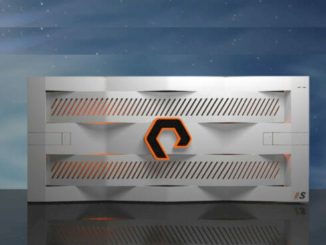
In a cloud-based, highly distributed, and data-centric world, flexibility in what a piece of hardware and its systems software can do, where it can run, and how it can be configured is a critical differentiator for picky enterprises. …
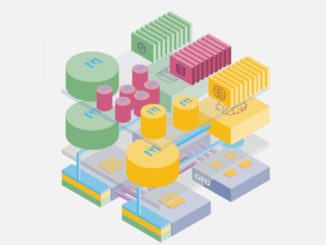
In case it is not immediately obvious, over the past decade Nvidia has been transforming itself from a component supplier into a complete platform provider. …

Usually, innovation starts with the hyperscalers, HPC centers, and cloud builders of the world and spreads to the enterprise. …
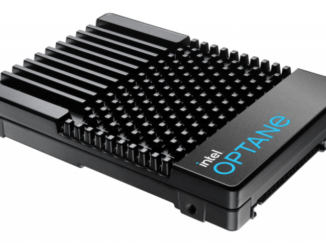
Intel in October clarified its memory plans moving forward when it announced it is selling its NAND memory business to SK Hynix in a two-step acquisition that is worth $9 billion and will take until 2025 to be completed. …
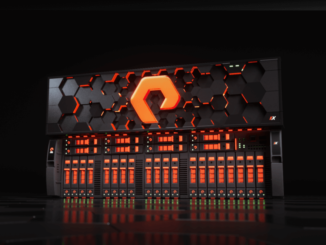
The push by established datacenter tech vendors to get into the as-a-service game has accelerated in recent months, fueled in part by the COVID-19 pandemic and the need by organizations to more quickly embrace cloud services to help them adapt to the suddenly shifted business model that features a more widely distributed workforce, which brings a truckload of security and management issues. …
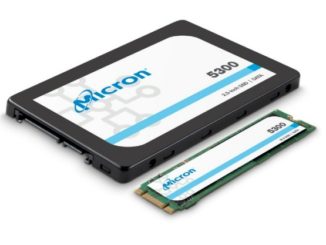
We have nothing against disk drives. Seriously. And in fact, we are amazed at the amount of innovation that continues to go into the last electromechanical device still in use in computing, which from a commercial standpoint started out with the tabulating machines created by Herman Hollerith in 1884 and used to process the 1890 census in the United States, thus laying the foundation of International Business Machines. …

The external storage market – like most sectors of the IT industry – took a beating in the first quarter, thanks in large part to the novel coronavirus pandemic. …
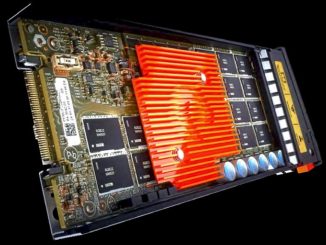
Every IT supplier has cloudy envy. And not just because utility-style pricing has become normalized by the big public clouds, but because they want to have a more regular, annuity-like revenue stream rather than always chasing the next deal. …
All Content Copyright The Next Platform